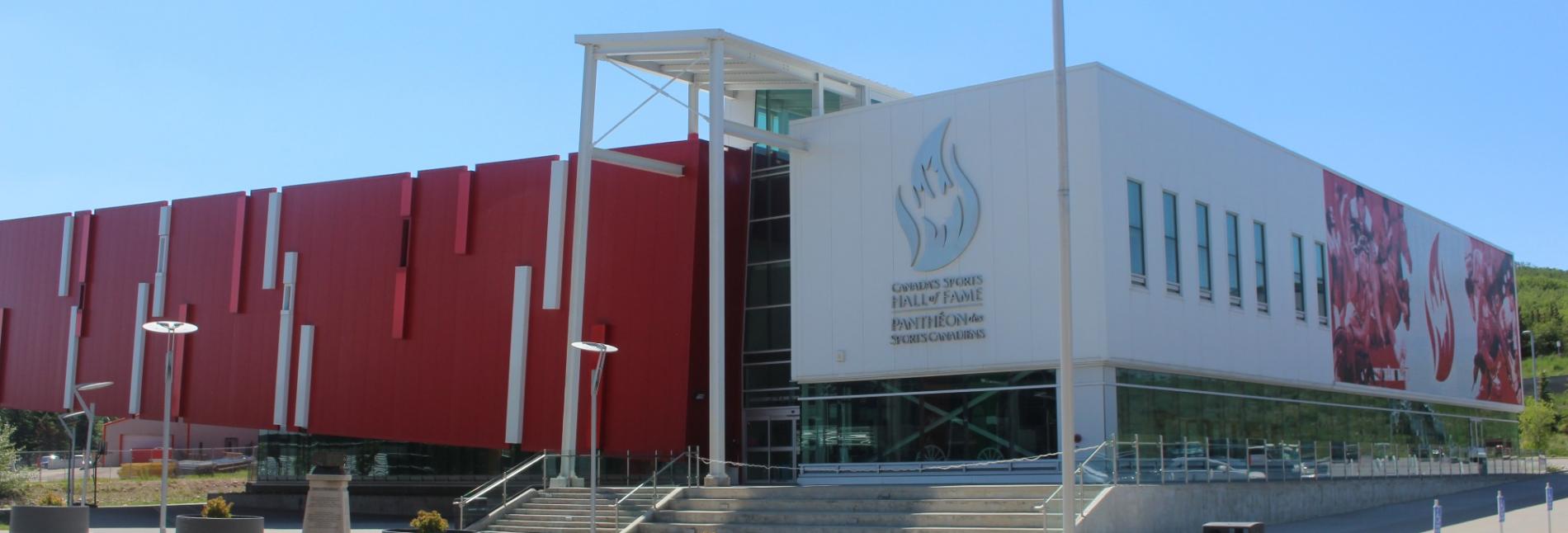Hall of Famer
Sammy Luftspring
Inducted in 1985
Member Details
Career Highlights
Ontario amateur lightweight boxing champion
Canadian welterweight boxing champion

Story
For all he did to fight his way out of the Jewish ghetto, Sammy Luftspring's Judaism was a defining feature of his boxing career. Born and raised in The Ward, the impoverished section of downtown Toronto that was home to the city's central and eastern-European Jewish community, Luftspring began his boxing career in 1932 close to home, at the gymnasium of Toronto's Brunswick Talmud Torah. Over the next four years he fought 105 times, losing only five bouts and capturing Golden Glove tournaments in weight classes ranging from bantamweight to welterweight. By 1933, he was the Ontario amateur lightweight champion and a fixture at boxing cards at Toronto's Mutual Street Arena, representing the Elm Grove boxing club. In the spring of 1935, Luftspring was the runner-up for the Canadian 135-pound amateur championship, though before the end of that year had become embroiled in a battle with the Canadian Amateur Athletic Union over his amateur status. Luftspring was no stranger to battles outside the ring. In 1933, he took part in one of the saddest moments in Toronto's history. He joined a number of other young Jewish men who battled the local Swastika Club in a riot that broke out at Christie Pits park following an anti-Semitic demonstration. Three years later, as an accomplished amateur boxer, he was named to Canada's team for the 1936 Berlin Olympics. At the encouragement of his parents, Luftspring (along with other Jewish athletes) refused to attend the Games in protest over the treatment Jews received in Nazi Germany. Luftspring and another boxer, Norman "Baby" Yak, attempted instead to participate in an alternate, anti-Nazi event being hosted that summer—the People's Olympics—in Barcelona. However, the Spanish Civil War broke out on the eve of the Games' opening ceremonies and the event was cancelled. Luftspring returned to Toronto and began to box professionally in the fall of 1936. A year later, he fought Gordon Wallace for Wallace's Canadian welterweight championship, losing a 10-round decision. In 1938, Luftspring knocked out Frank Genovese in the 13th round to win the Canadian welterweight championship. This was Ontario's first-ever scheduled 15-round fight and one of four times Luftspring defeated Genovese though their rivalry was one of the dominant storylines of Toronto boxing in the late 1930s. Luftspring held the Canadian title for two years and, in 1938, he was ranked the number three welterweight in the world. This led to an offer to fight world champion Henry Armstrong in 1940. But in a tune-up fight in New York against Steve Belloise, Luftspring was thumbed in the eye. The subsequent detached retina resulted in the loss of sight in that eye and Luftspring's boxing career was suddenly over. Details of his record are unclear. Different reports have him winning 50 of either 55 or 56 pro bouts. More detailed records list him as 32-8 with 14 knockouts. Luftspring struggled to establish himself after his boxing career ended. Eight years later, however, he turned to refereeing and, based out of Toronto, became one of this country's most accomplished referees, taking charge of some 2,000 amateur and pro bouts, including the 1965 world heavyweight title match between George Chuvalo and Ernie Terrell at Maple Leaf Gardens. Throughout the 1950s and 1960s Luftspring was also a fixture on Toronto's social scene as a nightclub owner and host.






